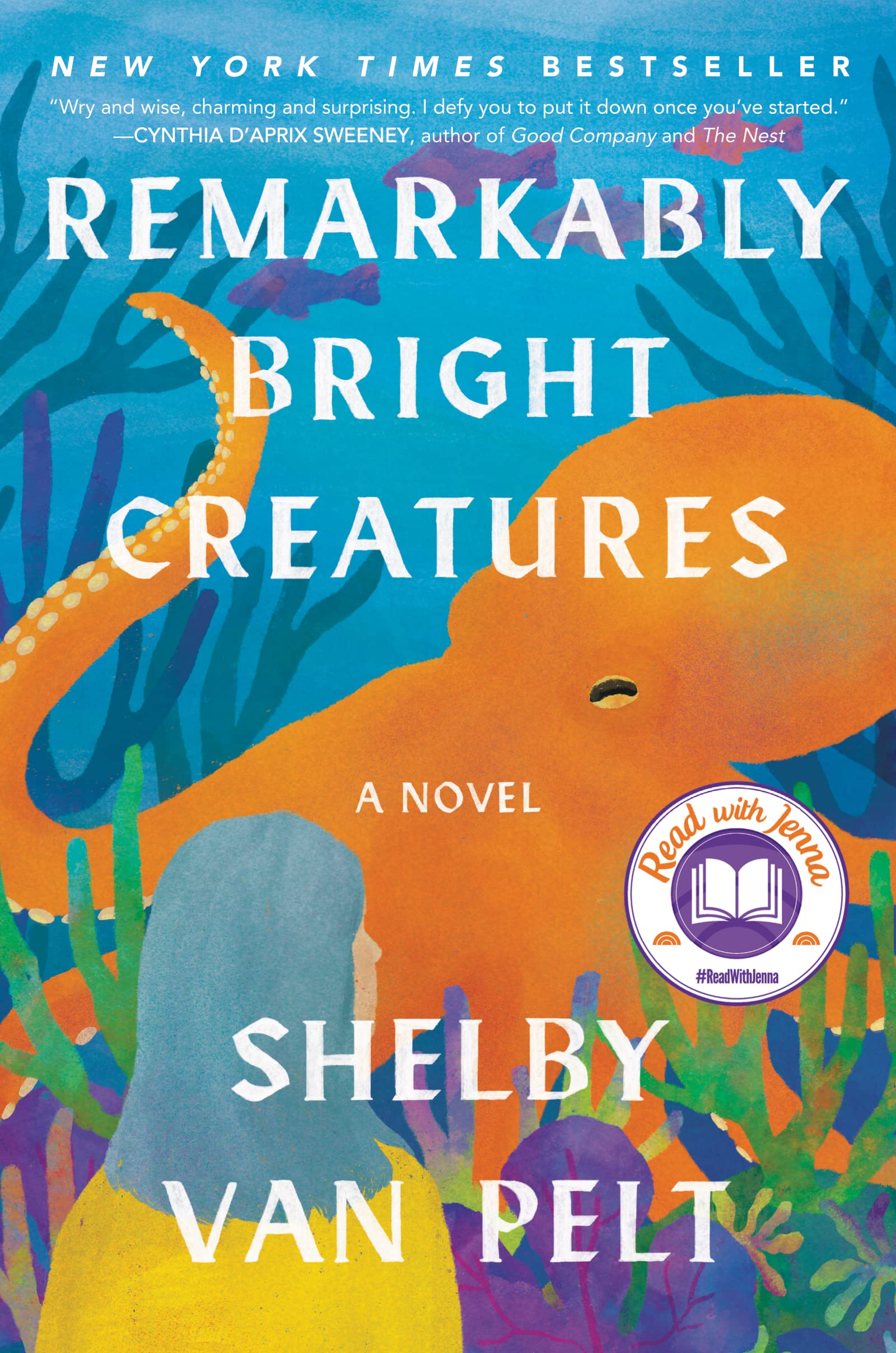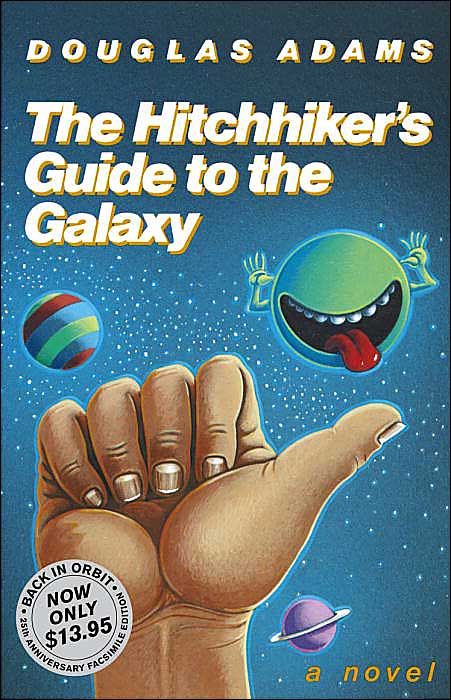So you’re turning 40
By Audrey Swartz, Adult Services & Readers’ Advisory Librarian

As Kansas welcome fall, I am rapidly approaching a milestone birthday. I’ve been contemplating where I am in my life, as many of us do as we reach midlife. The Merriam-Webster dictionary defines “midlife crisis” as “a period of emotional turmoil in middle age caused by the realization that one is no longer young and characterized especially by a strong desire for change.”
When I think about midlife change, I think about the stereotypical purchase of a red convertible, the divorce to match with a younger more attractive partner and a drastic career shift. While I researched midlife, I discovered that the red convertibles, divorces and job changes are ways men more commonly react. This begs the questions, “How do women typically react?” and “What will my experience be like?”
Women’s midlife crises look more like sleep problems, increased depression and anxiety, and physical changes related to menopause. “Why We Can’t Sleep: Women’s New Midlife Crisis” by Ada Calhoun was an eye-opening read for me. Calhoun spoke to women across the country and listened to their stories. Women reported similar midlife challenges that can be summarized as, “We are overwhelmed, underpaid and exhausted.”
Despite being exhausted, we just can’t sleep. We can’t turn off our brains. Calhoun’s solutions echo those we hear on a regular basis: take care of your health, take time for yourself and relax–REALLY RELAX. While this advice isn’t new or revolutionary, reading the stories of hundreds of women who are feeling the same way I am, gave me a sense of community and an understanding that I am not in this on my own.
Claire Dederer’s memoir, “Love and Trouble: A Midlife Reckoning,” tells the story of a woman who feels emotions again in midlife at an almost reckless teenage level. She, like many of us, struggles with the experience at these intense emotions. Dederer bounces between retelling the stories of her youth and her reawakening at mid-life.
She reads the diaries of her youth and carefully examines the girl ensconced in those pages as she explores her “new” powerful feelings at middle age. In figuring out her teenage self, she manages to decode her 44-year-old self. Dederer’s book is delightfully sarcastic and left me laughing. I highly recommend this read if you are looking for something different in your “Oh my goodness I’m turning 40” panic.
“Menopause Confidential: A Doctor Reveals the Secrets to Thriving Through Midlife” by Dr. Tara Allmen has declared itself “not your mother’s menopause book.” While Calhoun and Dederer gift us with stories, Allmen’s book is full of credible science and practical medical advice. It covers everything from hot flashes to skin care and early signs of Alzheimers. “Menopause Confidential” manages to give us medical answers and advice with humor, sarcasm and without the anxiety of the doctor’s office. This is a great read and I’ve already started using some of her skin care advice.
In the same vein, we have “The Menopause Manifesto: Your Own Health with Facts and Feminism” by Dr. Jen Gunter. Gunter approaches menopause education as we have long approached the education around puberty. She argues that because menopause is an expected change, we should educate and prepare ourselves in similar ways we prepare in adolescence. Her work is more recent then Allmen’s, but mirrors it closely. Gunter provides up-to-date information and statistics about women’s midlife while debunking myths and being hilarious.
All of these books provide thought-provoking, funny and accurate details and stories of reaching midlife and the changes that come along for the ride. While menopause is often seen as mysterious, these books—and many more you’ll find at Manhattan Public Library—give us practical and relatable advice. Visit in person at 629 Poyntz Avenue and online at mhklibrary.org to learn more about making your way through midlife and menopause.
Manhattan Public Library is a cornerstone of free and equal access to a world of ideas and information for the Manhattan, Kansas, community. Manhattan Public Library serves more than 75,000 people in the Riley County area through curated book and other media collections, knowledgeable staff, relevant programming for all ages, and meeting space.
By Audrey Swartz



 Spooky season is upon us and my Sunday was filled with Halloween movies, potions bottles and skeletons. This is my favorite season with the weather changes and the lead-up to a plethora of family events. If you read my last column, you know I typically read romance, paranormal romance to be exact. It turns out my favorite authors always have new releases in the fall.
Spooky season is upon us and my Sunday was filled with Halloween movies, potions bottles and skeletons. This is my favorite season with the weather changes and the lead-up to a plethora of family events. If you read my last column, you know I typically read romance, paranormal romance to be exact. It turns out my favorite authors always have new releases in the fall.





